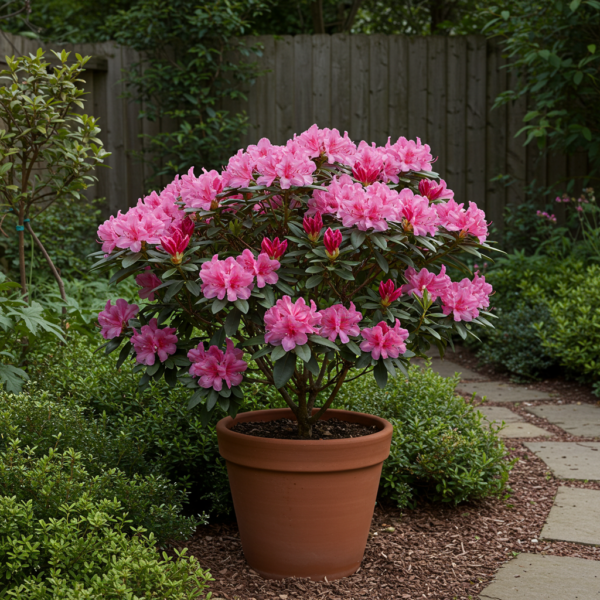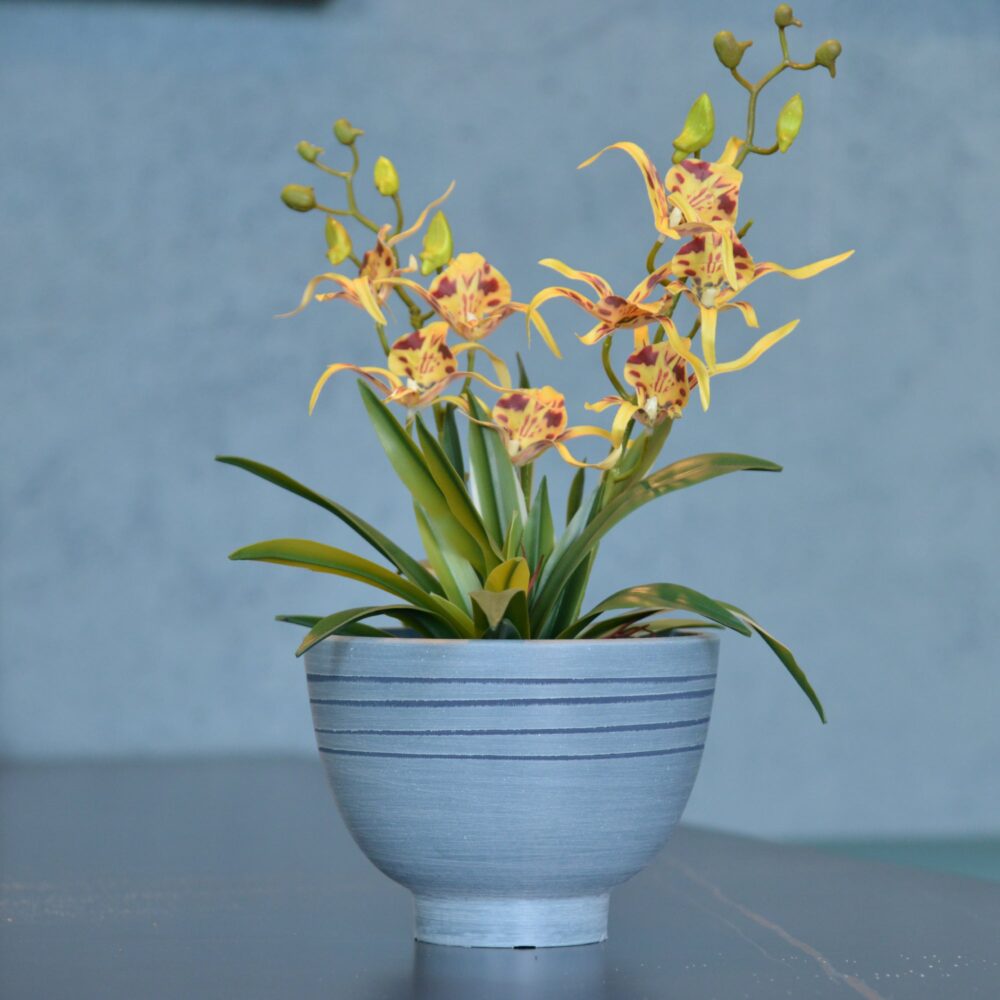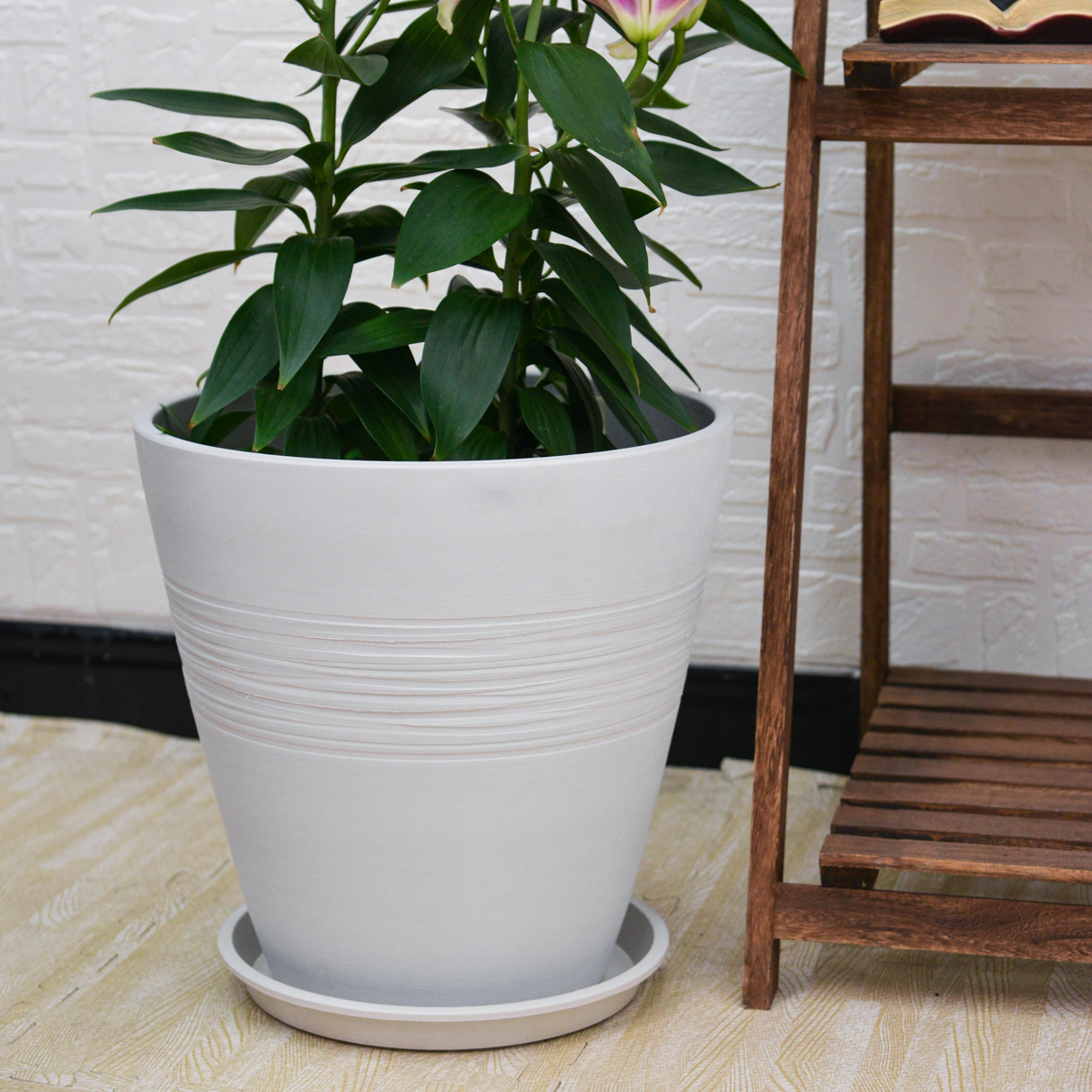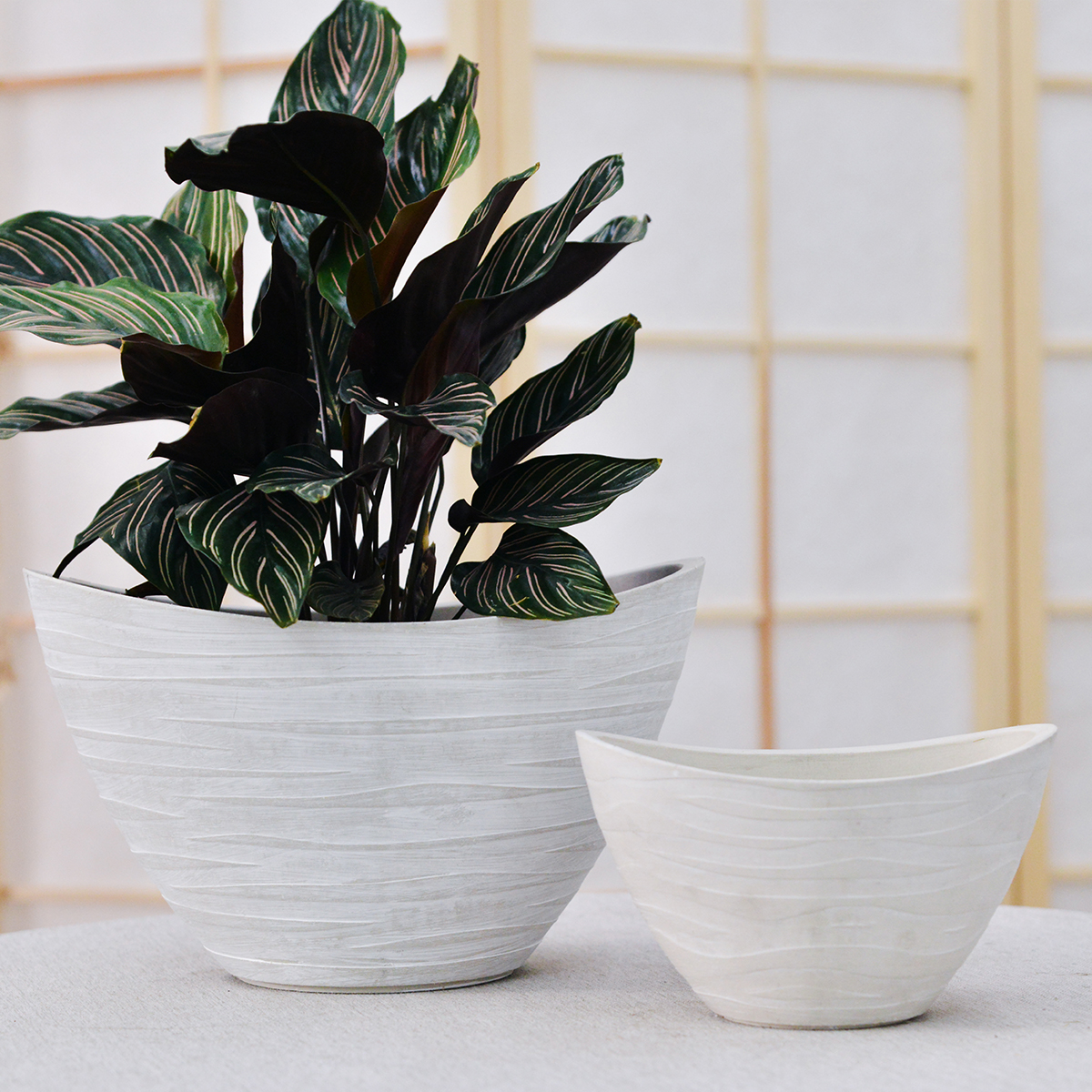Container Gardening Rhododendrons: A Home Grower’s Guide to Pots & Care
Rhododendrons are magnificent flowering shrubs, celebrated for their spectacular spring blooms and evergreen foliage. Growing rhododendrons in containers allows gardeners to enjoy these acid-loving beauties even in areas with unsuitable soil or limited garden space. Container gardening offers portability and control, making it a great option for patios, balconies, and decks.

Rhododendron
Key Features of Rhododendrons:
- Flowers: Rhododendrons are renowned for their large, clusters of vibrant, bell-shaped or trumpet-shaped flowers. They come in a vast array of colors, including shades of pink, red, purple, orange, yellow, and white. Bloom time is typically in spring, with some varieties offering repeat or extended flowering.
- Types: The genus Rhododendron is incredibly diverse. Some types particularly well-suited for container gardening include:
- Dwarf Rhododendrons: These compact varieties are naturally suited to containers, reaching manageable sizes of 2-4 feet tall and wide. Examples include ‘PJM Elite’, ‘Ramapo’, and ‘Pink Elf’.
- Evergreen Rhododendrons: Provide year-round foliage interest. Many dwarf and compact varieties are evergreen.
- Compact Hybrids: Numerous hybrid rhododendrons have been bred for smaller sizes and container suitability. Look for varieties specifically labeled as “dwarf” or “compact.”
- Size: Rhododendron size varies greatly by species and cultivar. While some species can become large trees, many rhododendrons suitable for home gardens and containers are dwarf or compact, typically ranging from 2 to 6 feet in height and width. Container size can further restrict ultimate growth.
- Hardiness: Rhododendron hardiness varies widely by species and hybrid. Generally, garden rhododendrons are hardy in USDA zones 4-9, with specific varieties suited for colder or warmer climates. Choose varieties appropriate for your local hardiness zone.
- Maintenance: Rhododendrons are considered medium-maintenance shrubs. They require acidic soil, consistent moisture, shade or dappled sunlight, and regular fertilization. Pruning needs are generally minimal.
Growing Rhododendrons in Pots at Home:
1. Choosing the Right Pot:
- Material:
- Plastic Pots: Lightweight, excellent moisture retention, durable, and affordable. Choose high-quality plastic pots with good drainage. Darker colors can heat up in full sun, so lighter colors may be preferable in hot climates.
- Resin or Composite Pots: Offer a balance of durability, lighter weight than terracotta, and better insulation than terracotta or plastic. Look for good drainage holes.
- Terracotta or Clay Pots: Porous and allow for excellent drainage and aeration, which is beneficial for rhododendrons. However, they dry out quickly, requiring more frequent watering, are heavier, and can crack in freezing temperatures. If using terracotta, consider glazed terracotta to reduce water loss.
- Size: Select a pot that is appropriately sized for the rhododendron variety. For dwarf rhododendrons, start with a pot that is at least 14-18 inches in diameter and depth. Larger varieties will need proportionally larger containers. Ensure the pot is deep and wide enough to accommodate the root system and allow for several years of growth before repotting.
- Drainage: Excellent drainage is paramount for rhododendrons. Ensure the chosen pot has ample drainage holes. Elevate the pot slightly on pot feet or bricks to further improve drainage and air circulation around the drainage holes.
2. Planting:
- When to Plant: Spring or early fall are the best times to plant container rhododendrons.
- Potting Mix: Use a specialized acidic potting mix formulated for rhododendrons, azaleas, camellias, and other acid-loving plants. These mixes are typically peat-based and have a low pH. Avoid using general-purpose potting mix or garden soil, which are usually too alkaline and poorly draining for rhododendrons in containers.
- Planting Process:
- Partially fill the pot with acidic potting mix.
- Gently remove the rhododendron from its nursery container, and tease out any circling roots.
- Place the rhododendron in the pot, ensuring the top of the root ball is level with or slightly above the potting mix surface. Do not plant too deeply.
- Backfill around the root ball with the acidic potting mix, gently firming it to eliminate air pockets.
- Water thoroughly until water drains freely from the drainage holes.
- Apply a layer of acidic mulch, such as pine bark, pine needles, or shredded oak leaves, around the base of the plant to help retain moisture, suppress weeds, and maintain soil acidity.
3. Care:
- Watering: Rhododendrons require consistent moisture, especially when grown in containers. Water deeply and regularly, particularly during dry spells and hot weather. The goal is to keep the potting mix consistently moist but not waterlogged. Check soil moisture frequently, especially during warmer months. Use rainwater, distilled water, or acidic water if your tap water is alkaline. Avoid letting the pot sit in standing water.
- Sunlight: Provide dappled shade or morning sun and afternoon shade. Rhododendrons prefer protection from intense afternoon sun, which can scorch leaves. Too much shade, however, can reduce flowering.
- Soil pH: Rhododendrons are acid-loving plants and require a soil pH between 4.5 and 6.0 for optimal nutrient uptake and health. Test the potting mix pH annually using a soil pH test kit. Amend with soil sulfur to lower pH if it becomes too alkaline. Use acidic fertilizers.
- Fertilizing: Fertilize container rhododendrons in early spring as new growth begins and again lightly after the spring bloom. Use an acid-loving fertilizer specifically formulated for rhododendrons, azaleas, and camellias. Follow package directions carefully. Avoid over-fertilizing, which can damage roots and foliage.
- Pruning: Rhododendrons generally require minimal pruning. Deadhead spent flowers after blooming to improve appearance and encourage better blooming the following year. Prune lightly to shape the plant or remove any dead, damaged, or crossing branches immediately after flowering. Avoid heavy pruning, which can remove flower buds.
- Repotting: Repot rhododendrons every 2-3 years, or when they become root-bound. Repot in spring into a slightly larger container with fresh acidic potting mix. Gently tease out circling roots when repotting.
- Overwintering: In regions with cold winters (colder than the rhododendron’s hardiness zone), container rhododendrons need winter protection.
- Sheltered Location: Move pots to an unheated garage, shed, or protected area to shield them from harsh winter winds and freezing temperatures.
- Insulation: If pots cannot be moved, insulate them by wrapping containers with burlap, bubble wrap, or blankets. Mulch the soil surface heavily with pine needles or bark.
- Watering in Winter: Water sparingly during winter dormancy, only enough to prevent the potting mix from completely drying out.
4. Benefits of Growing Rhododendrons in Pots:
- Grow in Unsuitable Soil: Overcome alkaline or heavy clay garden soil by creating the ideal acidic environment in containers.
- Control Sunlight and Shade: Easily move pots to provide optimal light conditions throughout the day and seasons.
- Extend Growing Range: Grow less hardy rhododendron varieties by providing winter protection in containers.
- Portability and Design Flexibility: Enhance patios, balconies, decks, and entryways with beautiful potted rhododendrons. Rearrange containers to create dynamic displays.
- Reduced Root Diseases: Container growing can sometimes minimize soil-borne root disease issues.
5. Potential Problems with Container Rhododendrons:
- Watering Demands: Containers dry out faster, requiring more frequent and attentive watering than in-ground plants.
- Nutrient Management: Nutrients leach from containers with watering, necessitating regular fertilization with an acid-loving fertilizer.
- Winter Hardiness Limitations: Roots in containers are more vulnerable to freezing, requiring winter protection in colder climates.
- Soil pH Maintenance: Consistent monitoring and adjustment of soil pH are needed to maintain the acidic conditions rhododendrons require.
- Root Bound Conditions: Rhododendrons in containers can become root-bound over time, requiring repotting every few years.
Authoritative Sources:
- Wikipedia – Rhododendron: https://en.wikipedia.org/wiki/Rhododendron (General information about the Rhododendron genus)
In Summary:
Container gardening is an excellent way to grow rhododendrons at home, even if your garden soil isn’t naturally acidic or you have limited space. By choosing the right pot and acidic potting mix, providing consistent moisture, shade, and proper care, you can successfully grow these stunning shrubs in containers and enjoy their spectacular spring flower displays.
8 inch/10 inch Planter Indoor Plants, 2 Pack Modern Decorative Plant Pots with Drainage Hole, Cute Bowl Shape Flower Pots
By greenship-seo|2025-04-10T08:03:42+00:00January 9, 2025|Categories: Hand-carving Series|Tags: Decorative Flower Pots, Self-Watering Pots|
KC2-GS
By greenship|2024-08-16T06:30:21+00:00August 16, 2024|Categories: Hand-carving Series|
20YB
By greenship|2024-08-16T05:37:57+00:00August 16, 2024|Categories: Hand-carving Series|
Modern Plant Pots丨Planter for Indoor Plants,8 inch or 10 inch Plant Pots with Drainage Hole,Decorative Flower Pots
By greenship-seo|2025-04-10T08:32:55+00:00January 7, 2025|Categories: Hand-carving Series|Tags: Decorative Flower Pots, Self-Watering Pots|
KC2-21G
By greenship|2024-08-13T06:19:08+00:00August 13, 2024|Categories: Hand-carving Series|
KC3-14A
By greenship|2024-08-16T06:26:30+00:00August 16, 2024|Categories: Hand-carving Series|






